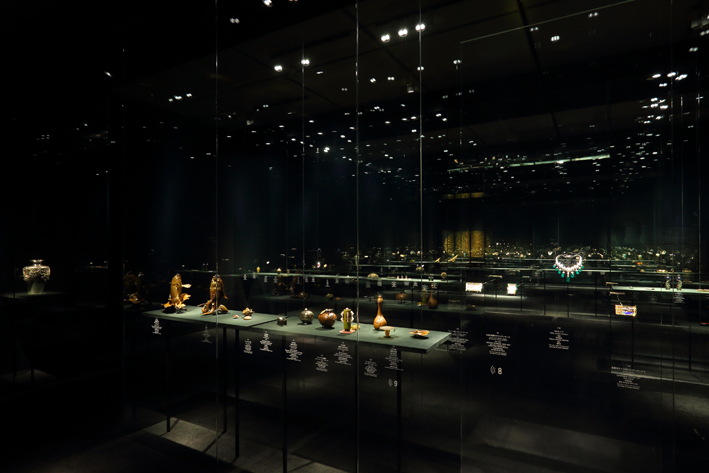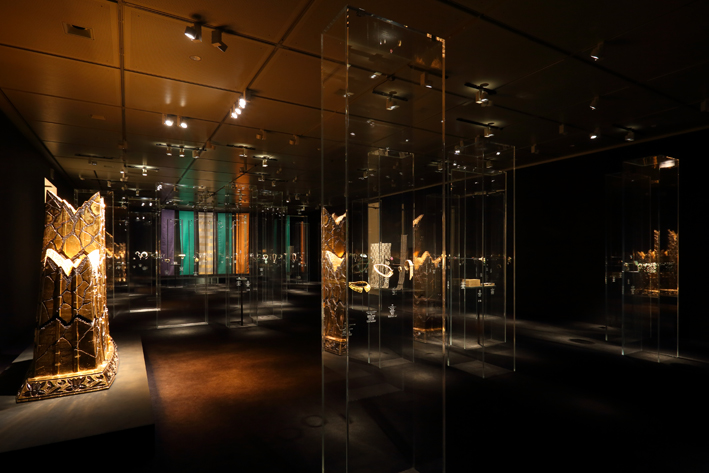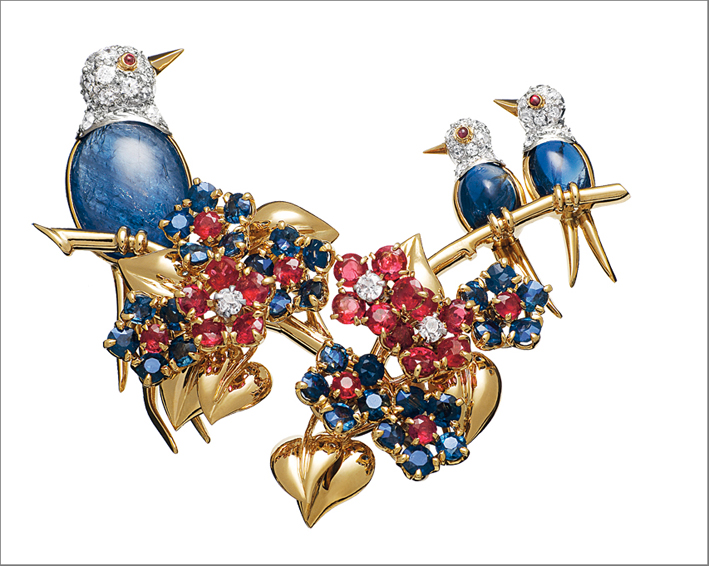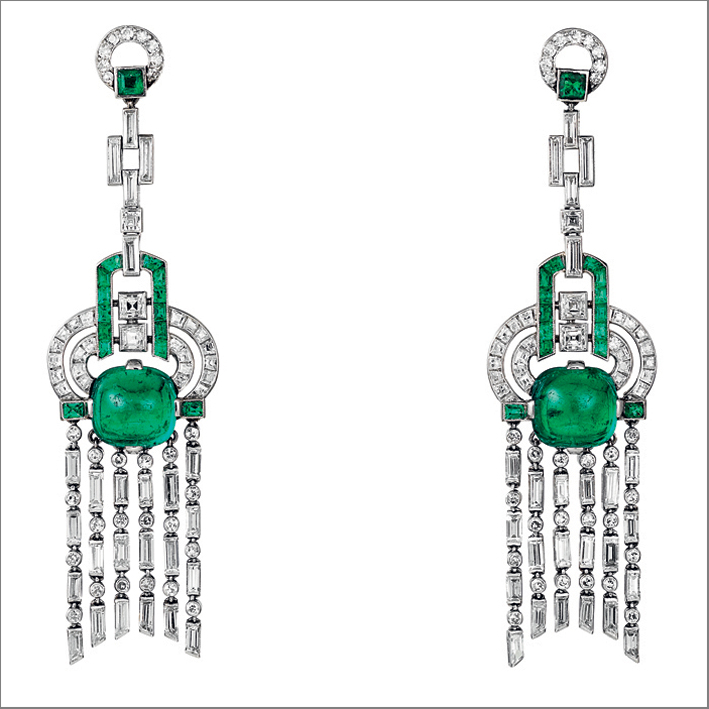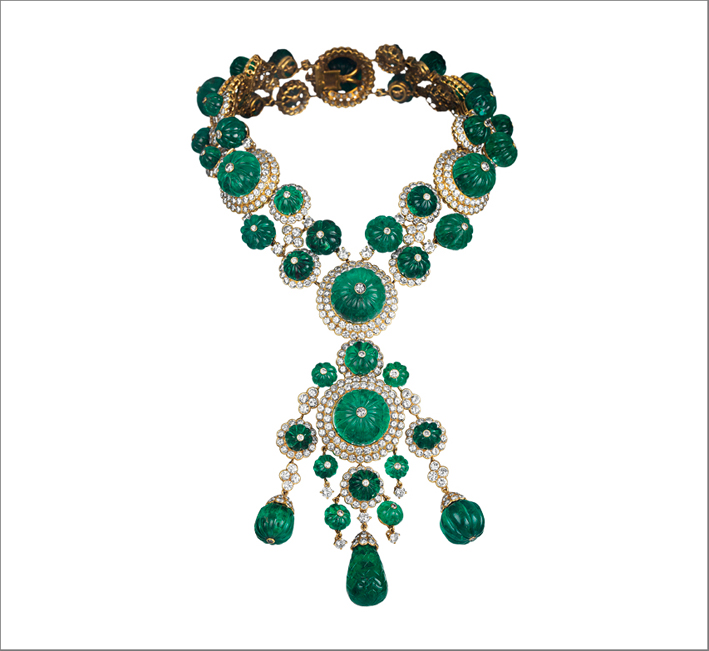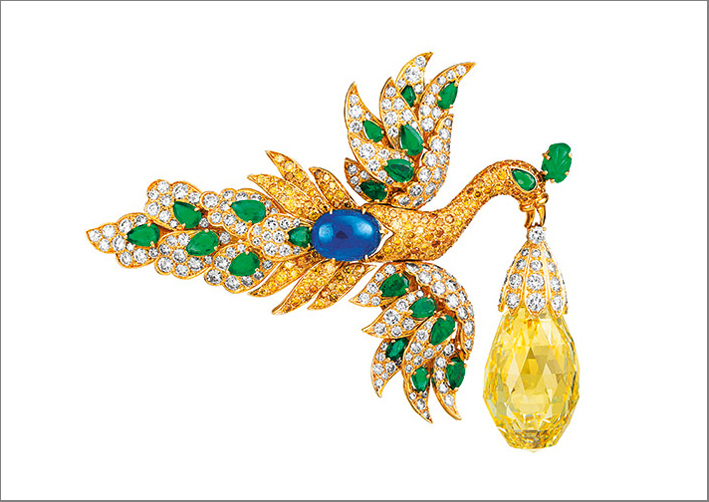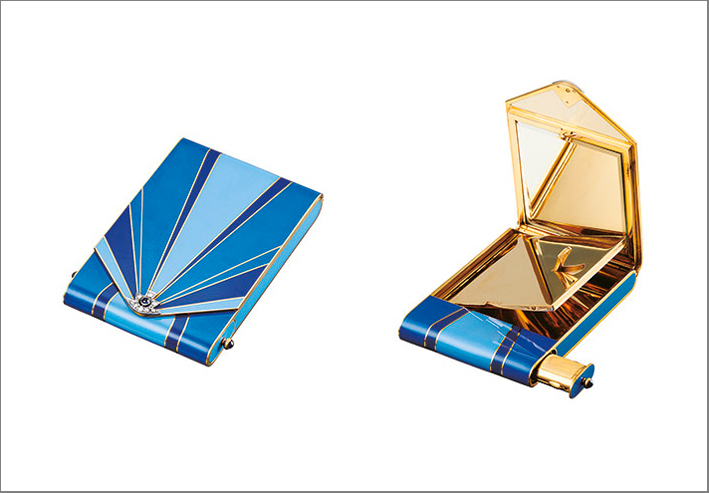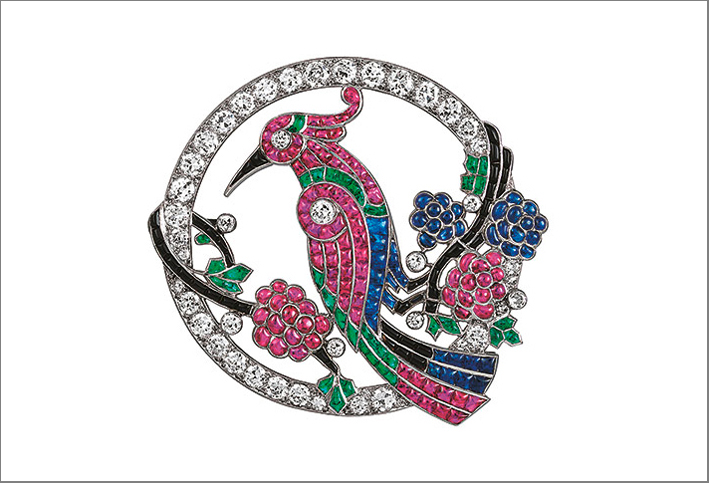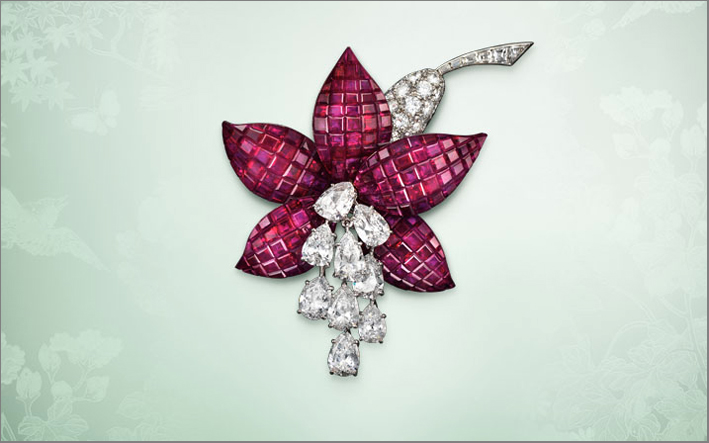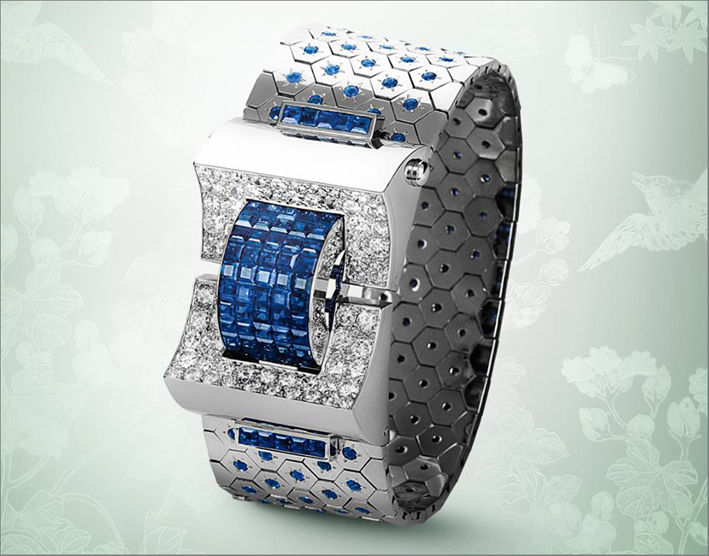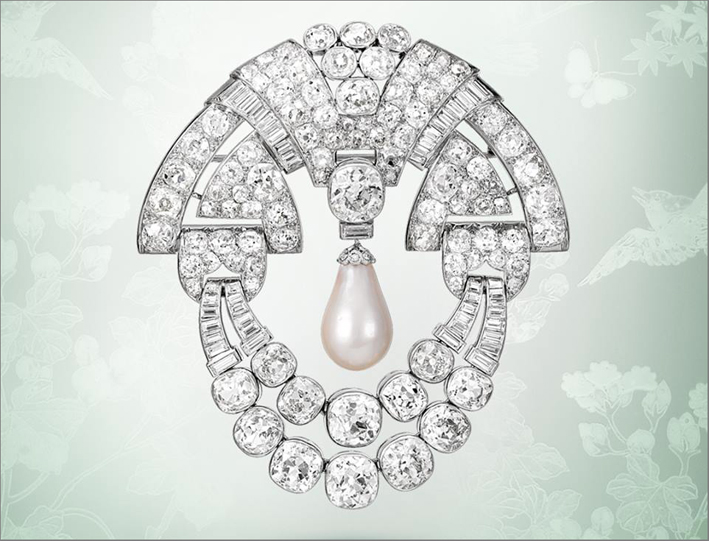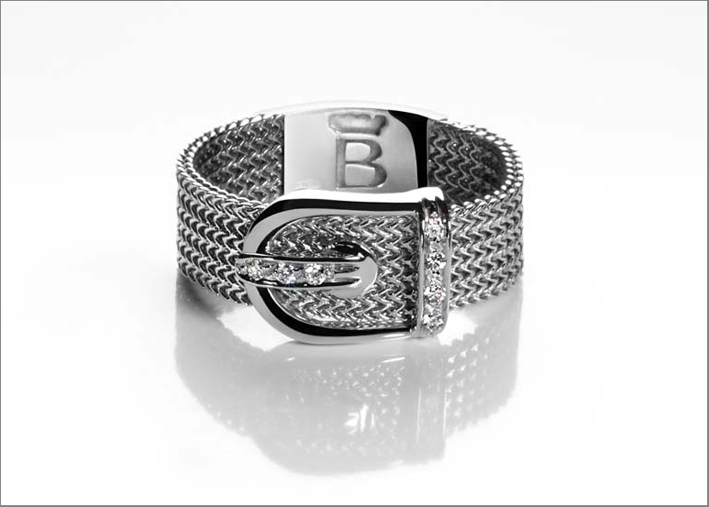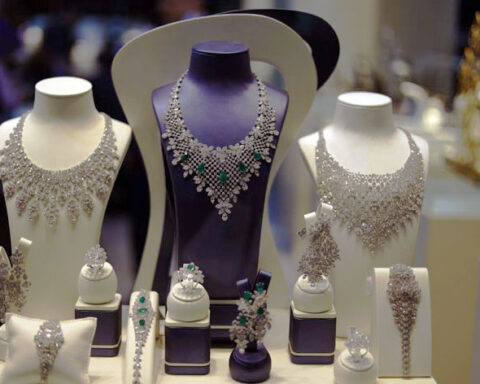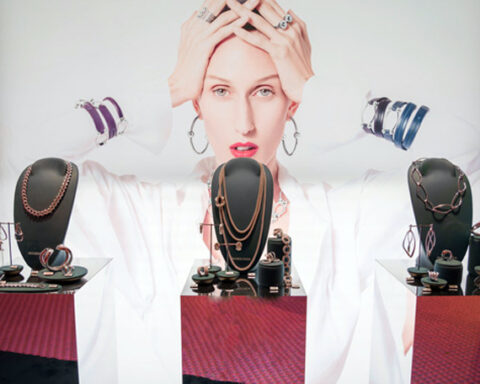Van Cleef & Arpels and the masterpieces of Japanese handicrafts in a exhibition in Kyoto ♦
In the West, jewelery is often relegated to minor arts. It’s art yes, but cousin of the True Art, that of paintings and sculptures. In the Orient, instead, decorative arts, including jewelery, but also furniture or weaving, are works of art tout court. This philosophy turned into an exhibition organized in Kyoto, the Japan’s old capital, dedicated to Van Cleef & Arpels. Indeed, the French Maison is compared to Japanese artwork.
The idea is original. Van Cleef & Arpels is known for its unique style and technical excellence. It was founded in 1895 by Alfred Van Cleef, who married the daughter of a precious stone merchant, Esther (Estelle) Arpels. In 1906, Van Cleef & Arpels was established in Place Vendôme and since then has marked jewelery milestones.
In 1925, for example, a Van Cleef & Arpels bracelet wins to the International Exhibition of Modern Industrial and Decorative Arts in Paris. In the 1930s, Maison introduced the Minaudière, a special evening bag and got the patent for its Mystery Set, a unique technique that allows you to set precious stones without visible griffes. There are also the Zip necklace, the Alhambra collection, the famous Ballerinas, the high jewelery. In short, between technical innovation and artistic skill, Van Cleef & Arpels is something more than a jewelery company.
An artisan skill that in Japan was blooming at the end of the Meiji period (1868-1912), with the emergence of Japanese artisans who emphasized the originality and were considered artists. The Kyoto exhibition encourages visitors to compare about one hundred jewels of Van Cleef & Arpels with about 50 equally sublime examples of Japanese handicrafts, including cloisonné enamels, ceramics, lacquers and metal objects. But also of contemporary Japanese craftsmen such as Moriguchi Kunihiko, a yuzen dye master, Kitamura Takeshi, an important weave artist, raca tatenishiki, Nakagawa Kiyotsugu, Hattori Shunsho, Miwa Kyusetsu XII (Miwa Ryosaku).


